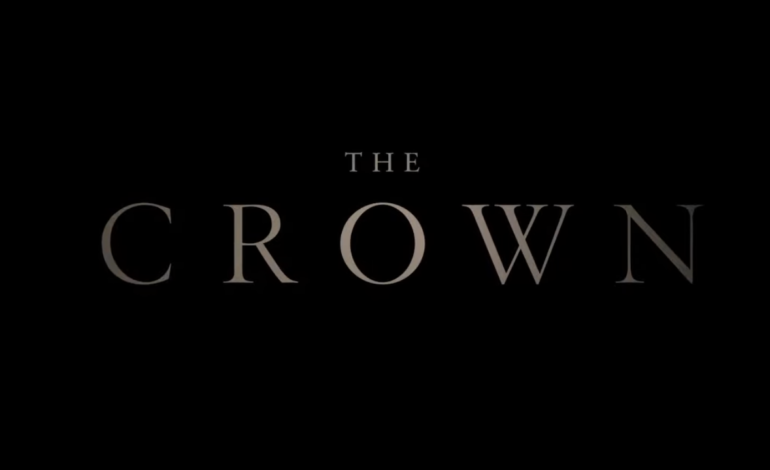

This morning, Netflix UK posted a teaser image of what is in store for the sixth and final season of The Crown. This season will feature the wedding between Prince Charles and Camilla Parker-Bowles. According to Deadline, “The teaser confirms that The Crown’s final season will feature Charles grieving the death of Princess Diana in 1997 and later moving on to his second wife, the now Queen Camilla.” See the post from X (Twitter) below.
After six seasons, seven years and three casts, @TheCrownNetflix comes to an end later this year.
We’ll be back with more soon, but here’s a hint at what’s to come in our final season. pic.twitter.com/zHbeqEqqWv
— Netflix UK & Ireland (@NetflixUK) September 4, 2023
The Crown started in 2016, and since then has followed the British Royal Family. The series begins with the death of King George VI, resulting in the return of his daughter Elizabeth and her husband Phillip to England. Seven years later, and the final season jumps 58 years to 2005 for the wedding of Charles and Camilla at St George’s Chapel in Windsor Castle. The teased image posted to Netflix UK social media was a wedding invite or program laying out the details of the wedding; time, date, and location.
Producers on The Crown spoke at the Edinburgh TV Festival promising Diana’s death would be delicately approached in the beginning episodes of the new season. Via Deadline, executive producer Suzanne Mackie stated, “The show might be big and noisy, but we’re not. We’re thoughtful people and we’re sensitive people. There were very careful, long conversations about how we were going to do it.” Mackie knows that the audience will judge Diana’s death scene no matter how it’s recreated, but she believes they did it thoughtfully and delicately. Elizabeth Debicki (Tenet), who has played Diana in The Crown since season five, replaced Emma Corrin (My Policeman) who played Diana from seasons one to four.
The final season of The Crown is sure to be filled with drama as the affair and marriage between Charles and Camilla was a shock to the British public and was initially disapproved of by Queen Elizabeth II.

